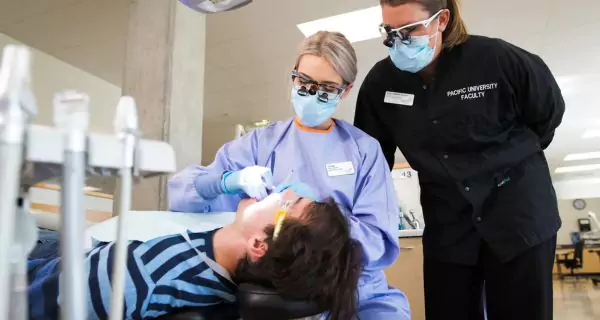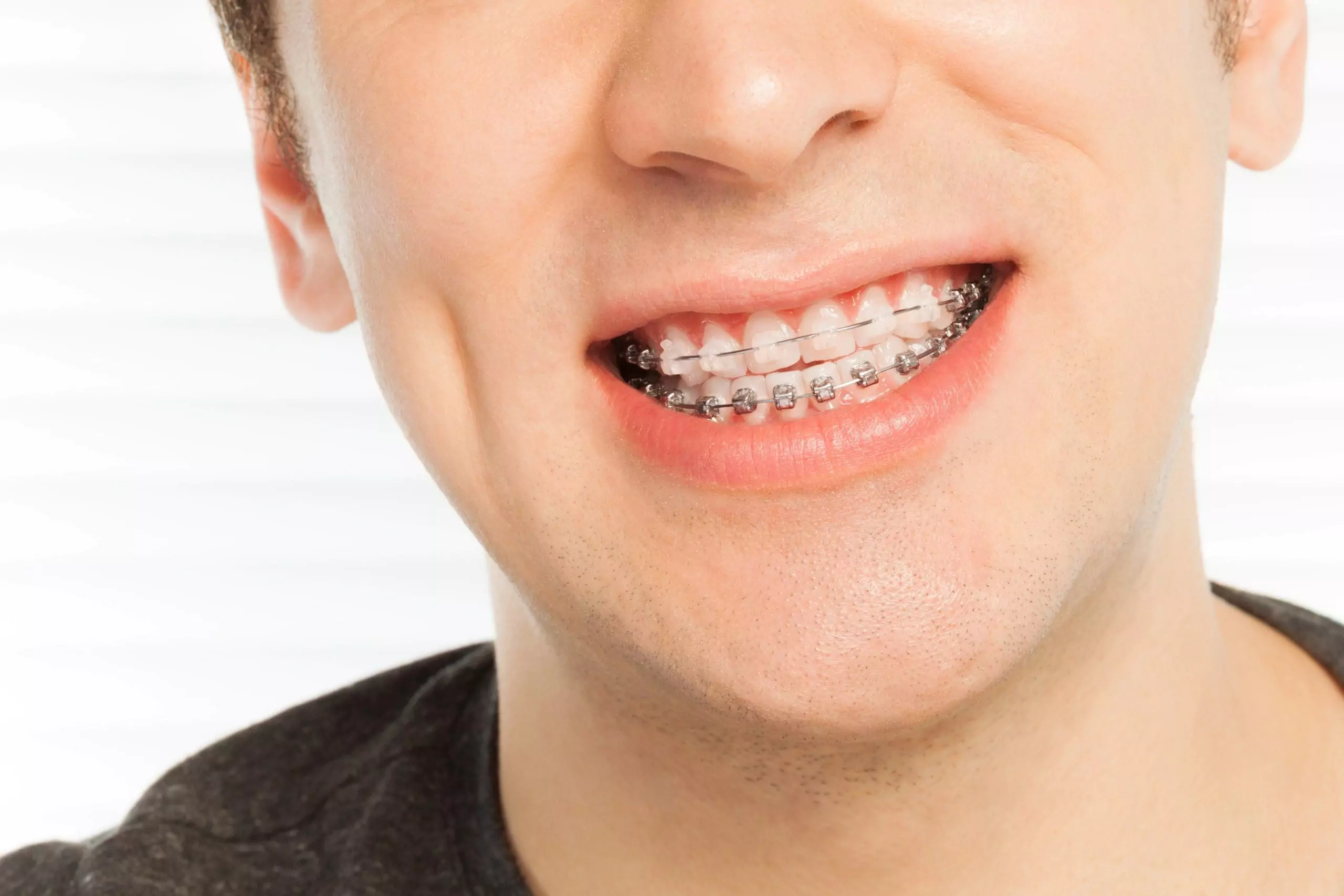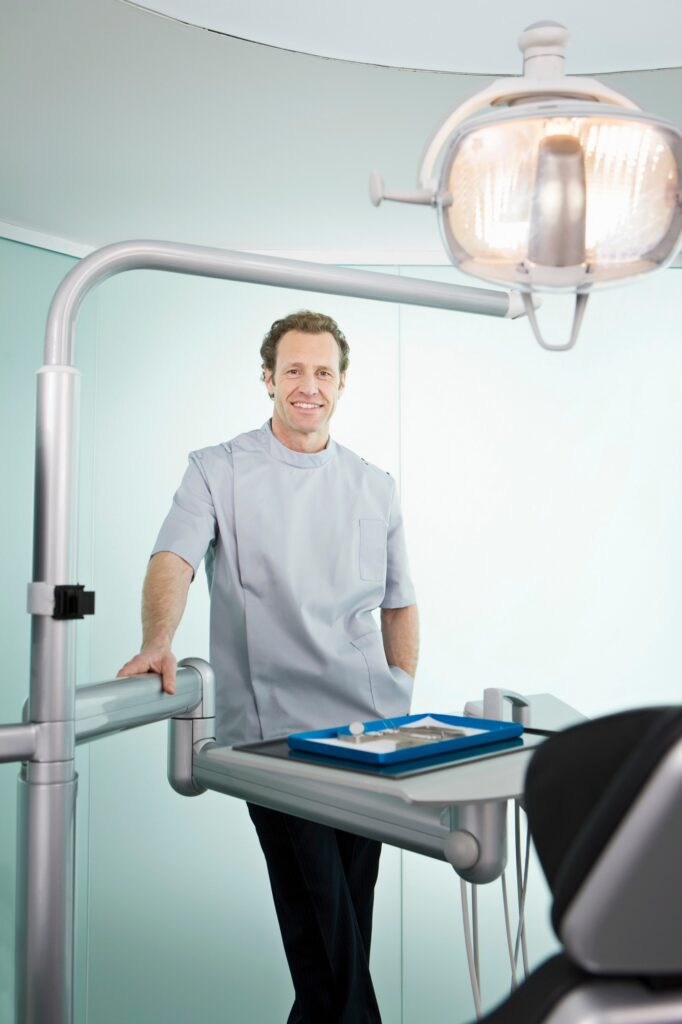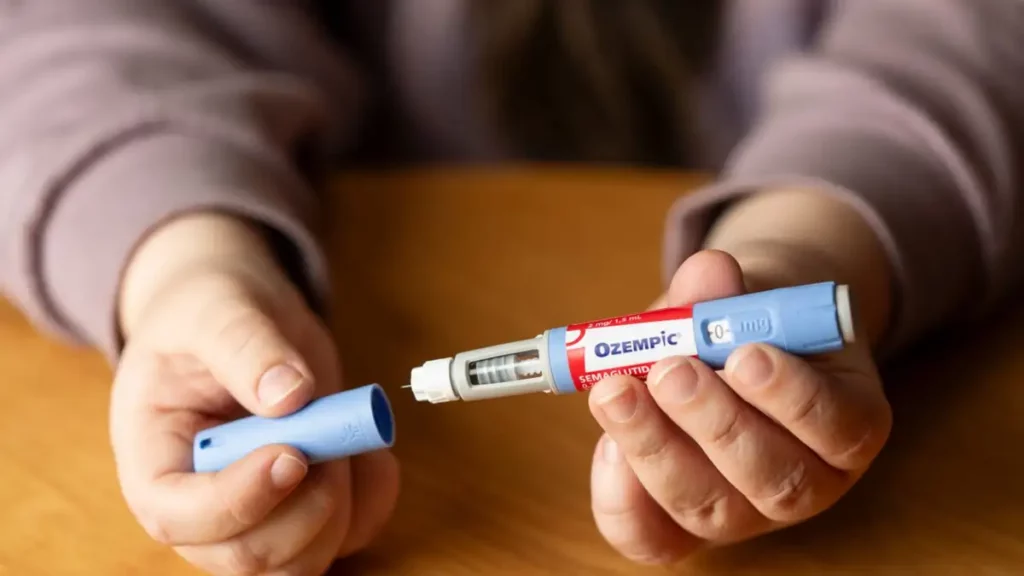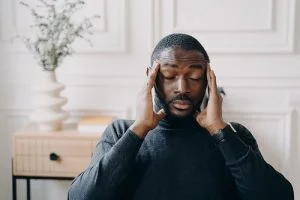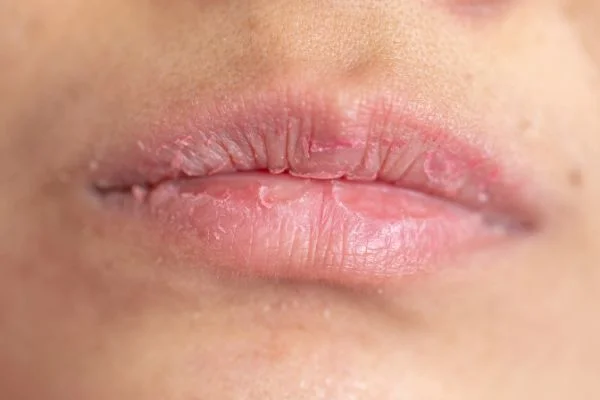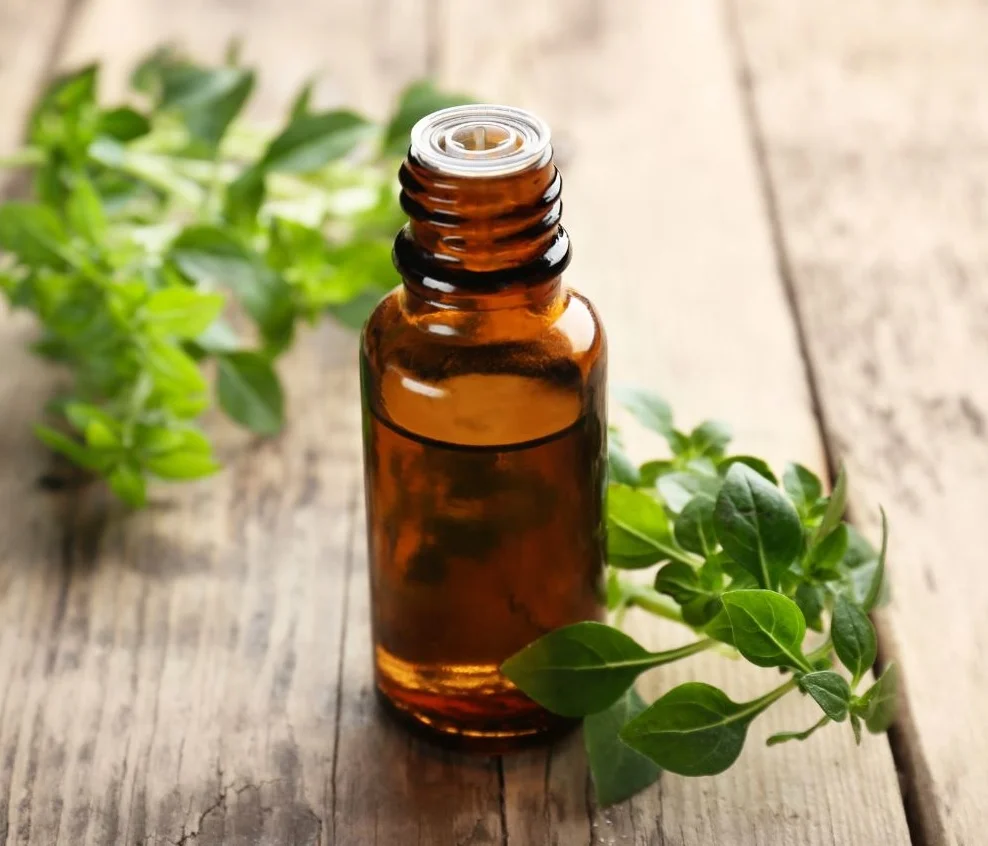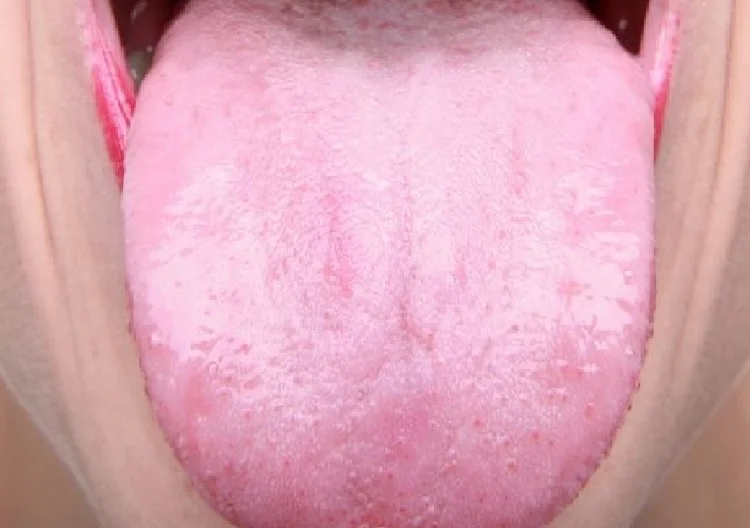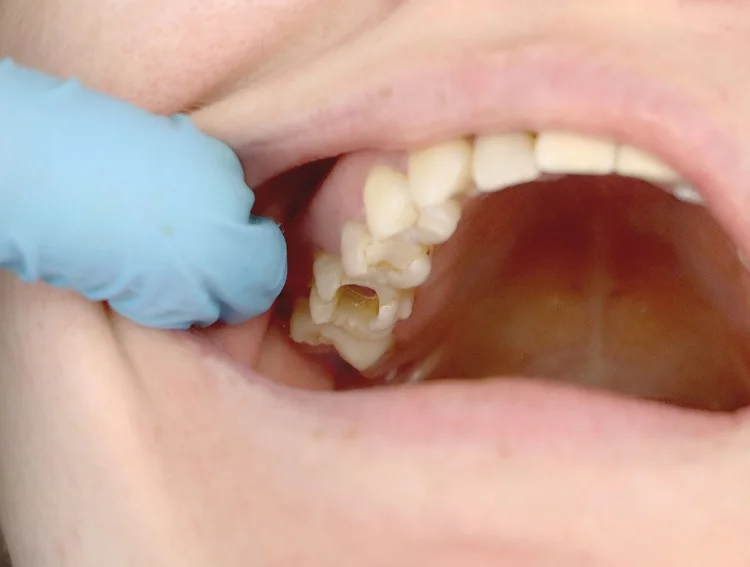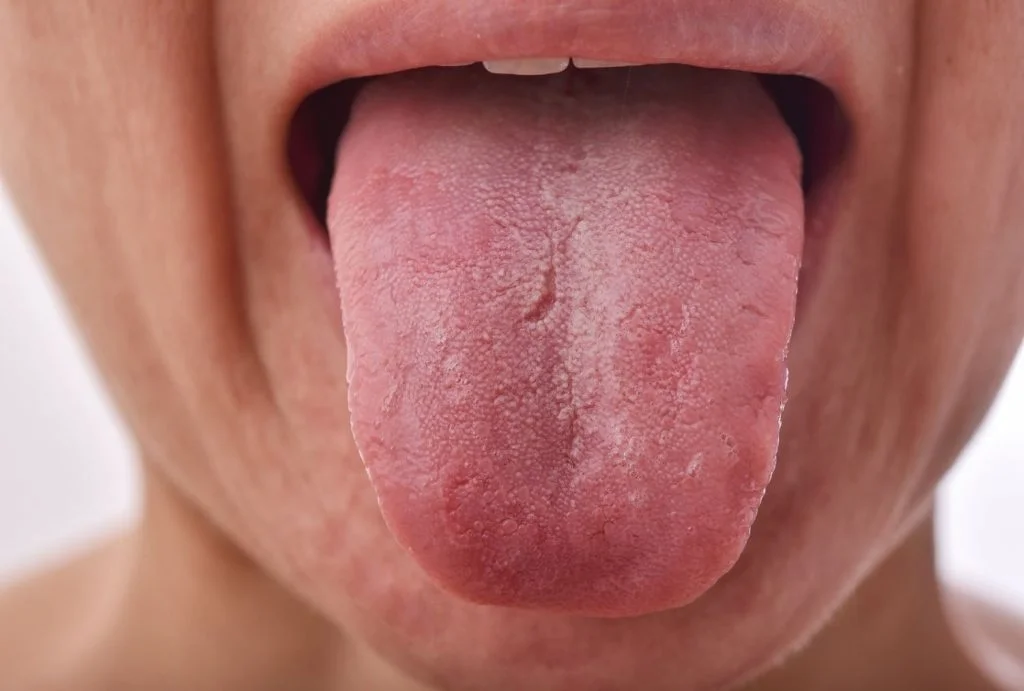Last Updated on: 19th September 2025, 12:29 pm
There are two main types of dental retainers: removable and fixed. The ideal option is different for each person, depending upon the treatment received, patient’s age and lifestyle, and the orthodontist’s recommendation. Whatever you choose, if it has a proper fit, you will use it consistently and take care of it; in the long run, you can preserve your smile and oral health for a long time.
Have you ever seen someone who wore braces for years, but just months after finishing the treatment, their teeth started shifting again – like their smile was having a party of its own?
This situation is very common and happens because people don’t understand how important dental retainers are after an orthodontic treatment.
In this article, we’ll show you how using a retainer the right way will help you keep your beautiful smile for life, protecting all the time, effort, and money you have already put into your orthodontic journey.
What are dental retainers and why are they important?
A dental retainer is a custom-made device used after braces or clear aligners.
Its job is simple but very important: they have to keep your teeth in a new position after orthodontic treatment. Once braces are removed, your teeth aren’t fully stable yet. The bone, gums, and ligaments around them need time to adapt.
Your smile may look perfect after treatment, but without the appropriate care, teeth can slowly move back to where they were. That’s why retainers are so important; they hold everything in place while your mouth adjusts to new changes.
Why do teeth shift after braces?
Teeth have what’s often called “memory.” That means they tend to move back to their old positions unless something prevents it. Here’s why it happens:
- Teeth aren’t fully anchored right after treatment
- The supporting tissues (bone and gums) are still healing
- Every day, forces like chewing, speaking, and clenching affect alignment
- Without a retainer, these small movements build up over time
Even if you wore braces for years, your smile can slowly change without a retainer. That’s why orthodontists always include a retainer in the final phase of treatment and recommend wearing it long-term.
Do I really need a dental retainer?
Yes, if you want your teeth to stay straight. Everyone who goes through orthodontic treatment needs a retainer afterward. It’s the only way to:
- prevent relapse (teeth moving back)
- stabilize your bite and jaw alignment
- support the bone and gums while they adjust
- protect your long-term results
Orthodontic treatment doesn’t end when your braces or aligners come off; in fact, the retention phase is as important as the braces were. Your results need to be protected, and that’s what retainers do.
What other benefits do retainers offer?
Besides keeping your smile straight, retainers offer other long-term benefits for your oral health. They
- help your bite stay stable
- allow bones and gums to strengthen in the new position
- make brushing and flossing easier by keeping teeth aligned
- reduce uneven tooth wear and jaw strain
- keep space open for new teeth or wisdom teeth
- prevent bad habits like tongue thrust or nail-biting from damaging alignment
Of note, some types of retainers are used for minor adjustments, like closing small gaps or guiding a single tooth.
Does wearing a retainer hurt?
Some discomfort is normal while you’re wearing a retainer, for example:
- a tight feeling or pressure on teeth
- slight irritation in cheeks or gums
- a strange sensation in your mouth, especially at first
What you can do is:
- use orthodontic wax if needed
- stick to soft foods early on
- ask your orthodontist if discomfort lasts more than a few days
What are the different types of dental retainers?
After finishing braces or aligners, the next step is choosing the right retainer.
Dental retainers fall into two main categories: removable and fixed. Each type has its pros, cons, and care instructions. Let ‘s see how.
What are removable retainers?
Removable retainers are devices you can take out to eat, brush your teeth, or clean. They’re easy to use and usually more comfortable to adapt;but you need to be disciplined about wearing them.
Hawley retainers
- made of acrylic and a metal wire
- durable and adjustable if small changes are needed
- more visible, but long-lasting and customizable
- let your bite settle naturally over time
Pros: Strong, can be repaired, adjustable, and last for years.
Cons: Less discreet, may feel bulky, doesn’t protect against teeth grinding.
Clear retainers (Essix / Vivera)
- thin, transparent plastic, almost invisible
- similar to Invisalign trays
- cover all teeth and may protect against grinding
- easy to clean and wear
Pros: comfortable, aesthetic, barely noticeable.
Cons: not as durable, can stain or warp, and may get lost easily.
Pros: easy to clean, subtle appearance, customizable
Cons: must be worn consistently, and can be lost or damaged
What is a fixed retainer?
A fixed (or permanent) retainer is a thin wire that’s bonded behind the front teeth, usually on the bottom row.
- You don’t have to remember to wear it, it’s always there
- It’s invisible from the outside
- It’s ideal for patients who might forget a removable retainer.
Pros: always working, discreet, and doesn’t rely on memory.
Cons: makes flossing more difficult, must be cleaned carefully, and can come loose without noticing.
How do I choose the right retainer for me?
The best retainer for you depends on a few personal factors. Your orthodontist will guide you, but here’s what to consider:
- Type of orthodontic treatment: complex movements may need stronger or longer retention
- Age: kids and teens might need flexible options as they grow.
- Responsibility level: fixed retainers help if you’re forgetful
- Aesthetic preferences
- Lifestyle habits, like playing contact sports or grinding teeth
The most important part of choosing a retainer is finding one you feel comfortable wearing and can take care of properly. In the end, comfort, consistency, and good hygiene matter more than the retainer type.
How long do I have to wear a retainer?
Many people think dental retainers are only for a few months or aren’t important; the truth is that they’re often worn for life. It is the final and most important phase of orthodontic treatment.
The process usually works in two phases:
Phase 1: Full-time wear (3–6 months)
- You should wear your retainer at least 22 hours per day.
- Remove it only to eat, brush, or clean the device.
- This helps your teeth stabilize in their new position.
Phase 2: Night-time wear (ongoing)
- After the initial phase, most people switch to wearing their retainer only at night.
- This habit may continue for years, or indefinitely, depending on your case.
- Your orthodontist will guide you based on your dental history, age, habits, and how your teeth respond.
Do retainers have to be worn forever?
Not 24/7, but yes; long-term use is often necessary. After a few years, your orthodontist may allow you to wear it only a few nights per week. Stopping too soon can lead to teeth shifting back.
When should I replace my retainer?
Retainers don’t last forever. You should replace yours if:
- It has visible cracks, holes, or warping.
- It no longer fits comfortably.
- It smells bad or stays stained after cleaning.
- You’ve lost or broken it.
The average lifespan of retainers are:
- clear (Essix or Vivera): 1–2 years
- Hawley (metal and acrylic): 5–10 years
- fixed (bonded wire): several years, with routine dental check-ups
What if my retainer doesn’t fit anymore?
If your retainer doesn’t fit, it might be because you haven’t worn it consistently or your teeth have shifted more than expected.
What to do:
- Don’t force it; this can cause damage.
- See your orthodontist. If the change is small; they might fix the current retainer or make a new one.
- In more serious cases, you might need additional treatment to realign your teeth.
In short, wearing your retainer as directed is the best way to protect your smile for the long term. It will keep your teeth straight, support jaw alignment, prevent costly retreatments, and ensure that your orthodontic treatment truly pays off.
How should I clean and care for my retainer?
Taking care of your dental retainer isn’t difficult; you just need consistency and become informed to do it well. The cleaning method depends on the type of retainer in use.
How do I clean a removable retainer?
Removable retainers like Hawley or clear plastic ones require daily care:
- Rinse every time you take it out of your mouth.
- Clean daily with a soft toothbrush and mild hand soap or neutral dish soap. Avoid toothpaste; it can scratch the plastic.
- Soak once a week in a retainer cleaning tablet (like Retainer Brite or Efferdent) or a vinegar and water solution.
- Never use hot water; it can warp the plastic.
- Store in a ventilated case when not in use to prevent bacteria and odor.
How do I clean a fixed retainer?
Fixed or permanent retainers are bonded behind your teeth; they need to be cleaned as part of your daily oral hygiene routine:
- Brush thoroughly around the bonded wire just like you do for your teeth.
- Use floss threaders or interdental brushes to clean between teeth and around the wire.
- Water flossers (like the Oral-B OxyJet) are great for reaching difficult spots.
- Get professional cleanings during your regular dental visits to remove buildup in hard-to-reach areas.
What products help keep retainers clean and last longer?
A lot of products can help you maintain your dental retainers clean for a longer time.
- Retainer brite or efferdent tablets: great for weekly soaking and eliminating bacteria.
- Oral-B water flosser or similar model: especially useful for cleaning around fixed retainers.
- Dental UV sanitizer: uses UV light to disinfect retainers in just a few minutes.
- Ventilated retainer case: keeps your retainer dry and clean when not in use.
- Soft-bristle toothbrush: for gentle daily scrubbing without scratching.
Tips for long-term retainer care
If you want to maintain dental retainers for longer, in addition to a good cleaning, we recommend the following:
- Avoid alcohol or bleach-based products: they will damage your retainer.
- Handle with care: use both hands to insert or remove it to avoid bending or breaking.
- Never wrap it in tissue: it’s easy to accidentally throw it away.
- Keep it out of the heat: don’t leave it in a hot car or near warm surfaces.
- Follow your orthodontist’s instructions: each type may require specific care habits.
With proper care, your retainer can stay clean and effective for years, helping you keep your smile straight and healthy well beyond your orthodontic treatment.
Are retainers really that important?
Absolutely. Dental retainers aren’t optional; they’re essential. They protect your smile, and all the time, effort, and money you have invested in your orthodontic treatment.
Think of your retainer as your smile’s best friend. With the right type, consistent use, and proper care, it helps you maintain your results and enjoy a straight, healthy smile for years to come.
Frequently Asked Questions
How long do I need to wear a retainer?
Can I eat with my retainer on?
Can I use toothpaste to clean my retainer?
Are fixed retainers better than removable ones?
What if I lose my retainer?
Voice and Search (Q&A)
Do I have to wear my retainer forever?
Most people wear retainers at night for life. At first, you'll use them full-time, then switch to nighttime wear to keep your teeth straight.
What happens if I stop wearing my retainer?
Your teeth may shift back, undoing your orthodontic treatment, and next time you use it, it will be difficult to adapt to your mouth. It’s important to keep wearing it as instructed.
Is it normal for a retainer to feel tight?
Yes, slight pressure is normal, especially after not wearing it for a while. But if it doesn’t fit or hurts, see your orthodontist.
Share
References
1. Al-Moghrabi, D., Pandis, N., & Fleming, P. S. (2016). The effects of fixed and removable orthodontic retainers: a systematic review. Progress in Orthodontics, 17(1). https://doi.org/10.1186/s40510-016-0137-x
2. Cleveland Clinic. (2022, August 25). Teeth Retainer. Cleveland Clinic. https://my.clevelandclinic.org/health/treatments/10899-teeth-retainer
3. Leber, C. (2025b, June 13). How to clean retainers: AAO’s guide to retainer care. American Association of Orthodontists. https://aaoinfo.org/whats-trending/how-to-clean-your-retainer/
4. LeBrun, N. (2023, December 5). What are the different types of retainers for teeth? Verywell Health. https://www.verywellhealth.com/types-of-retainers-5235272
5. Russell, K. (2004). What type of orthodontic retainer is best? Evidence-Based Dentistry, 5(4), 106. https://doi.org/10.1038/sj.ebd.6400286
-
Dr. Yeidy Carolina Mesa [Author]
DDS Yeidy Carolina Mesa Passionate Dentist | Advocate for Accessible Oral Health Education Graduating from Universidad CES in 2022, I am a dedicated general dentist with a lifelong passion for helping others and making a meaningful impact in the world. My journey into dentistry began at the age of 7, inspired by my own experience with braces and overcoming a fear of the dentist. This personal journey shaped my mission to help patients conquer their own dental anxieties and embrace a healthier,...
View all postsRecent Posts
-
Nayibe Cubillos M. [Medical Reviewer]
Pharmaceutical Chemestry |Pharmaceutical Process Management | Pharmaceutical Care | Pharmaceutical Services Audit | Pharmaceutical Services Process Consulting | Content Project Manager | SEO Knowledge | Content Writer | Leadership | Scrum Master
View all posts
A healthcare writer with a solid background in pharmaceutical chemistry and a thorough understanding of Colombian regulatory processes and comprehensive sector management, she has significant experience coordinating and leading multidisciplina...

